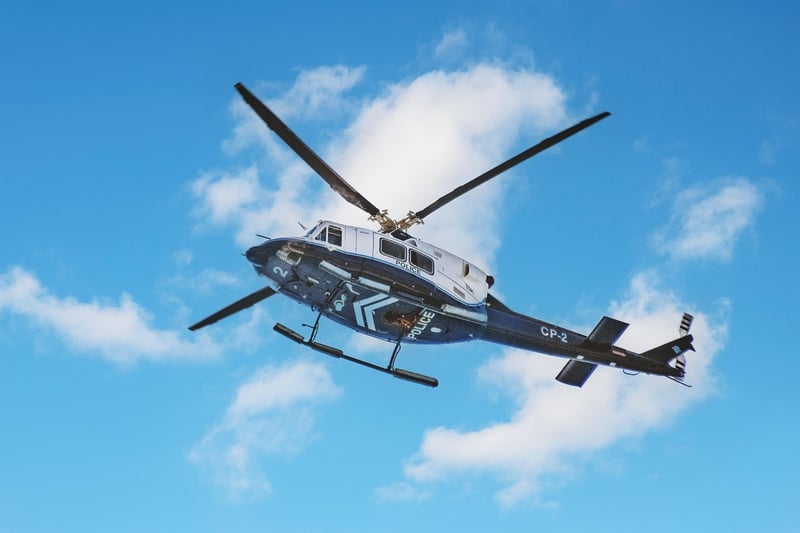Pilotless operation
The Future of Aerial Transport: Pilotless Operation

In recent years, the aviation industry has witnessed groundbreaking advancements in aerial transport with the introduction of pilotless operation technology. This innovative development has the potential to revolutionize the way we think about air travel and transportation.
Benefits of Pilotless Operation
- Enhanced Safety: Pilotless operation reduces the risk of human error, making air travel safer.
- Increased Efficiency: Autonomous aircraft can optimize flight paths and fuel usage, leading to improved efficiency.
- Cost-Effectiveness: With reduced labor costs, pilotless operation can make air travel more affordable for passengers.
- 24/7 Operations: Autonomous aircraft can operate round-the-clock, offering greater flexibility in scheduling flights.
Challenges and Considerations
While pilotless operation holds great promise, there are several challenges that need to be addressed:
- Regulatory Approval: Ensuring compliance with aviation regulations and gaining public trust will be crucial for widespread adoption.
- Technical Reliability: Developing robust systems to handle various scenarios and emergencies is essential for safe operation.
- Human Oversight: Determining the level of human supervision required for autonomous flights is a key consideration.
The Future of Air Travel
As technology continues to advance, pilotless operation is poised to reshape the future of air travel. The integration of artificial intelligence, automation, and advanced sensors will pave the way for a new era of aerial transport.
Exciting times lie ahead as we embark on this transformative journey towards safer, more efficient, and cost-effective air travel through pilotless operation technology.
Are you ready to experience the future of aerial transport?
